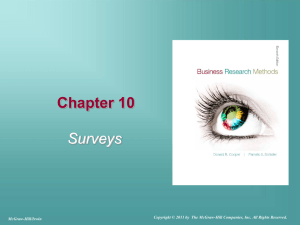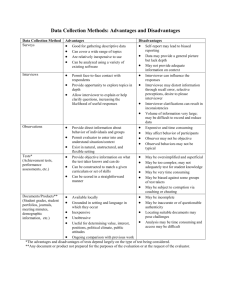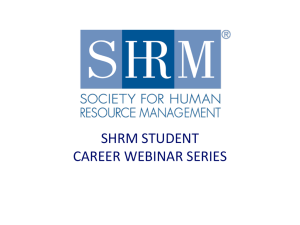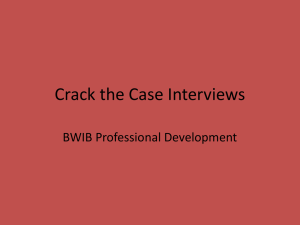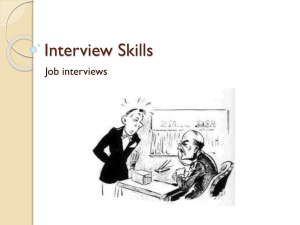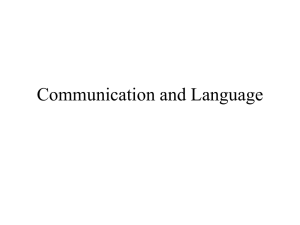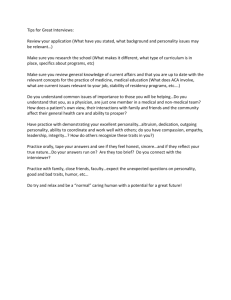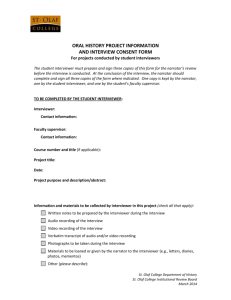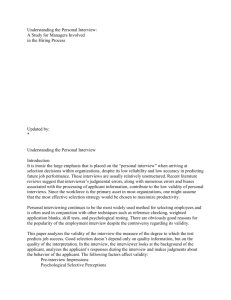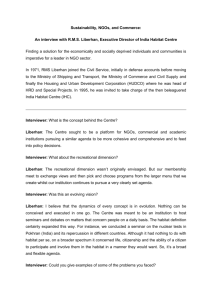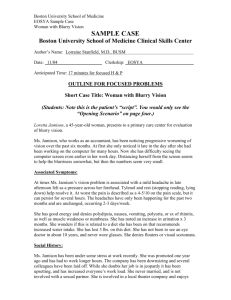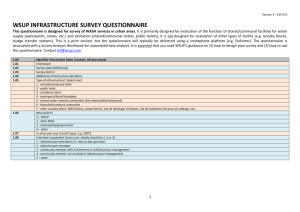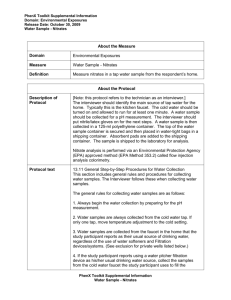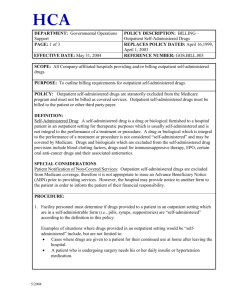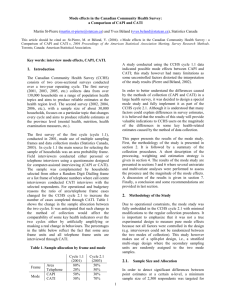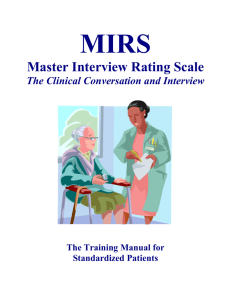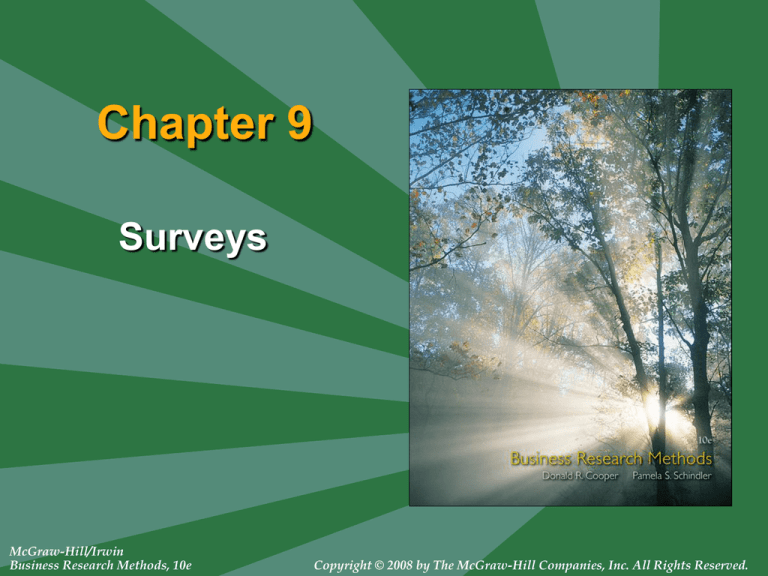
Chapter 9
Surveys
McGraw-Hill/Irwin
Business Research Methods, 10e
Copyright © 2008 by The McGraw-Hill Companies, Inc. All Rights Reserved.
9-2
Learning Objectives
Understand . . .
• The process for selecting the appropriate and
optimal communication approach.
• Factors affect participation in communication
studies.
• Sources of error in communication studies and
how to minimize them.
• Major advantages and disadvantages of the three
communication approaches.
• Why an organization might outsource a
communication study.
9-3
Data Collection Approach
9-4
Selecting a Communication
Data Collection Approach
9-5
Communication Approach
Strengths
• Versatility
• Efficiency
• Geographic coverage
Weaknesses
• Error
• Inaccessible populations
9-6
Sources of Error
Error
Sources
Measurement
Questions
Participant
Interviewer
9-7
Participant Motivation
9-8
Response Terms
Noncontact rate
Refusal rate
Incidence rate
9-9
Communication Approaches
SelfAdministered
Survey
Telephone
Survey
Survey via
Personal
Interview
9-10
Self-Administered Surveys
Mail
Intercept
Drop-off
Modes
Disk-by-Mail
Fax
CASI
9-11
Self-Administered Surveys
Costs
Topic
Coverage
Sample
Accessibility
Systematic
Anonymity
Time
Constraints
Designing Questionnaires Using the
TDM
Easy to read
Offer clear directions
Include personalization
Notify in advance
Encourage response
9-12
Options for
Web-based Surveys
Fee-Based
Service
Surveying
Software
9-13
9-14
Advantages of Surveying Software
• Questionnaire design in word processing
environment
• Question and scale libraries
• Automated publishing to the Web
• Real-time viewing of incoming data
• Rapid transmission of results
• Flexible analysis and reporting
mechanisms
9-15
The Web as a Survey Research Venue
Advantages
• Cost savings
• Short turnaround
• Use of visual stimuli
• Access to participants
• Perception of
anonymity
• Access to data and
experiences
otherwise unavailable
Disadvantages
• Recruitment
• Coverage
• Difficulty developing
probability samples
• Technical skill
• System compatibility
issues
• Possible selfselection bias
9-16
Advantages of Self-Administered Study
• Access inaccessible
participants
• Incentives for higher
response rates
• Lowest-cost
• Geographic coverage
• Minimal staff needed
• Perceived anonymity
• Reflection time
• Question complexity
• Rapid data collection
• Visuals possible
• Multiple sampling
possible
Disadvantages of
Self-Administered Study
• Low response rates
in some modes
• No interviewer
intervention
• Cannot be too long
• Cannot be too
complex
• Requires accurate list
• Skewed responses
by extremists
• Participant anxiety
possible
• Directions necessary
• Need for lowdistraction
environment
• Security
9-17
9-18
Improving Response Rates
•
•
•
•
•
•
•
Advance notification
Reminders
Return directions and devices
Monetary incentives
Deadlines
Promise of anonymity
Appeal for participation
9-19
Telephone Survey
Traditional
CATI systems
Computeradministered
9-20
Advantages of the Telephone Survey
• Lower costs than
personal interview
• Wide geographic
coverage
• Fewer interviewers
• Reduced interviewer
bias
• Fast completion time
• Random Dialing
• CATI
9-21
Disadvantages of the Telephone Survey
• Lower response rate
• Early termination
• Higher costs if
geographically
dispersed sample
• Limited Interview
length
• Inaccessible
populations
• Limited complexity of
scales
iPhone
Voice-over IP
9-22
Survey via Personal Interview
CAPI
Intercept
9-23
Personal Interview Survey
Advantages
Disadvantages
• Good cooperation rates
• Interviewer can probe
and explain
• Visual aids possible
• Illiterate participants can
be reached
• Interviewer can
prescreen
• CAPI possible
• High costs
• Need for highly trained
interviewers
• Time consuming
• Labor-intensive
• Some unwilling to invite
strangers into homes
• Interviewer bias possible
9-24
Key Terms
• Communication
approach
• Computer-administered
telephone survey
• Computer-assisted
personal interviewing
(CAPI)
• Computer-assisted self
interview (CASI)
• Disk-by-mail survey
• Computer-assisted
telephone interviewing
(CATI)
• Intercept interview
• Interviewer error
• Mail survey
• Noncontact rate
• Nonresponse error
9-25
Key Terms (cont.)
•
•
•
•
•
Panel
Personal interview
Random dialing
Refusal rate
Response error
•
•
•
•
Self-administered survey
Survey
Telephone interview
Web-based
questionnaire

